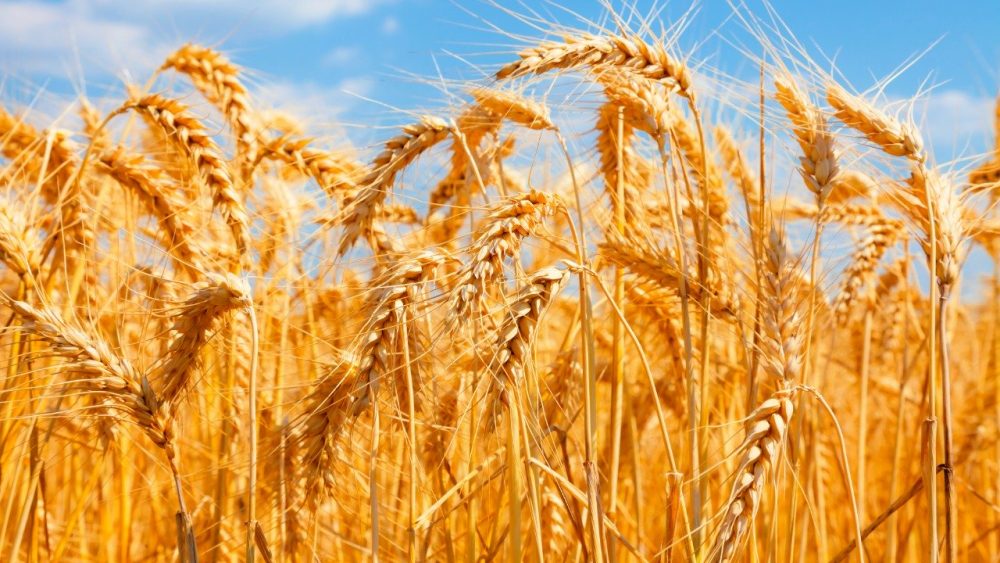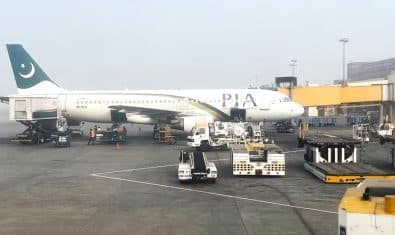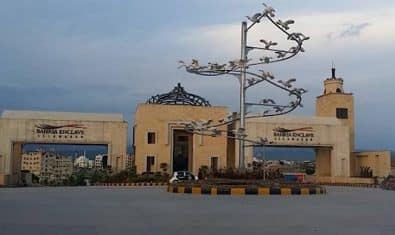Among the top 10 wheat producers in the world, Pakistan is the only country that ends up facing wheat and flour crisis, nearly every year.
This year, the government has authorized PASSCO to procure 1.8 MTTs of wheat with Rs. 201 billion in Cash Credit Limit (CCL). Despite this year’s bumper crop and new wheat arriving in the market, the domestic prices are still higher.
It says a lot about our post-harvest handling of this crucial crop and where the problem lies. Successive governments keep harping about how they have more than enough wheat in stock, but the market prices keep going up, millers keep complaining about the shortage and the end consumer stays in long lines to buy flour. This means it’s not the supply, but the supply chain that needs fixing.
Pakistan witnessed a 75 percent increase in wheat production between 1990-2010, but the production has been stagnant since then because of multiple reasons.
Government policies are mainly run by the Ministry of Food Security and Research which recommends the support price and set targets for cultivation and procurement even though the government does not own any farm and does not provide smart loans to farmers on a large scale.
In the existing framework, the government procures 25-30 percent of wheat production every year, spending billions, and taking on the public debt, all to ensure year-long availability.
Passco and the provincial governments add their handling costs and supply these stocks to the flour mills at a controlled price which are then bound to sell that wheat as flour to retailers at a controlled rate after adding their operational costs.
Now, some flour mills sell let’s say 30 bags to a retailer but offer them double the margins and in return get their signs on fake demand orders of a lot more than 30 bags. Then these flour mills turn around and sell the same wheat in the open market at much higher prices.
Finally, the retailers selling at the controlled rate also embrace the market price out of competition and the vicious cycle continues. The government, despite knowing all of this, has failed over the years to enforce its own policies.
Every year, a cost of nearly Rs. 150 billion is incurred in terms of wheat procurement, low-interest loans, and handling, but all of this goes to waste when consumers suffer, said Abedullah Anjum, Chief of Research at the Pakistan Institute of Development Economics.
These numbers are without adding the employees’ salaries and warehouse rents that follow, added Abedullah.
Anjum published a report in 2021 in which he proposed to open the wheat market for the private sector, even letting them import when the price goes up. He explained that if the government stops intervening and lets the market run its course, all the costs of procurement and handling will be met by the private sector and government can save billions in procurement operations, subsidies, and losses.
Wheat prices in the international market are nearly half of what we have locally. Even if we import wheat, add shipping costs and private sector profits, it will be far cheaper than local wheat. The government only needs to ensure the quality of the produce being sold or imported and let the free market decide the rest, added Anjum.
He argued that the wheat imported by the federal government is low quality but is being fed to the end consumer anyway and nobody can do anything because the government is the importer. If the private sector is allowed to import, they will ensure the quality and price because they have to compete.
All of these facts are not new and people sitting at the helm are well aware of these, but they stick to these policies just to maintain their hegemony. Whenever the government imports wheat, there are commissions involved in the trade, and it ends up costing far more to the taxpayers than it is supposed to.
The government needs to make this decision on facts and data, rather than on hypotheticals. If the market is allowed to run freely, the traders and importers would ensure both the quality and quantity as they do for the rest of the commodities, some of which Pakistan does not even produce in abundance.






















How is wheat price in international market half? Please keep the Dollar rate and all shipping Costs intact and reply ?
Moreever if it is half why is it being smuggled to Afghanistan?
The price in India is low but then the cost or production is also low in India as farmers are getting incentives. Which makes it economical to produce..